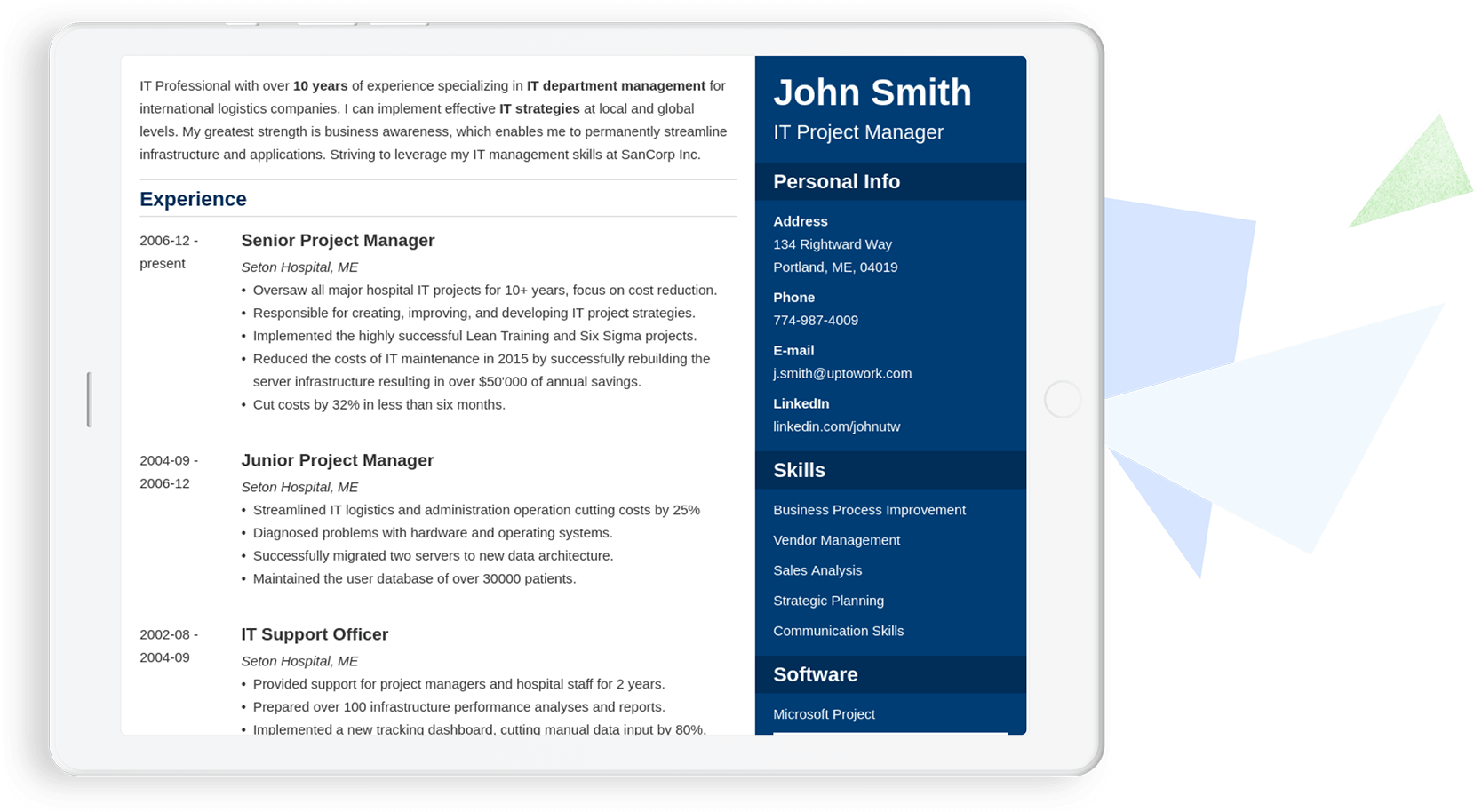
Method 3: Situation Task, Action, Result (STAR). Let’s consider the same achievement again, this time using the Challenges, Obstacles, Steps and Results (COSR) method:Īddressed a decade-long trend of declining sales performance ( challenge ) and overcame reduced spending by Gen X and Boomer consumers ( obstacle ) by embedding a new-to-company Gen Y strategy ( steps ), achieving 110% to 2014 annual sales target within the first year (results). While the ARTA is good for straightforward achievements, at the manager, executive and board level, it’s often necessary to communicate more complex ideas and achievements. Method 2: Challenges, Obstacles, Steps and Results (COSR). While I certainly didn’t answer all the questions my ‘recruiter self’ asked above, I’ve provided more information in an authoritative tone, giving some context and demonstrating a broad understanding of the market. Taking the above example, and rewriting it to have more impact using the ARTA method, we get:ĭelivered 110% to 2014 sales target (achieved result) by developing a new-to-company strategy to target the underdeveloped Gen Y market (by taking action). This is my go-to for a simple achievement across all levels. Method 1: Achieved Result By Taking Action (ARTA).

While there’s no set formula that works across all situations, we typically draw upon the following three methods: ARTA, COSR and STAR. Now that I’ve shared how NOT to write résumé achievements, let’s go over how my team does it when we’re craft résumés for senior professionals. In other words, the way this achievement is written - the way most people write résumé achievements - actually brings up more questions than it answers. Here’s what I’m thinking: Who cares? Wasn’t 2014 a good year for consumer spending anyway? How did their biggest competitor fare that year? How did the sales team perform the year before, or under the previous VP? Does the way that’s written knock your socks off? Does it make you say, “hold the phone, I think I’ve found our new Head of Sales?” Knock on your boss’s door to call off the search? So what is the wrong way to write a résumé achievement? Consider this achievement for a Vice President, Sales of a consumer goods brand:Īchieved 110% to annual sales target in 2014. If I’m honest, I’d go so far as to say the vast majority of people get it wrong, a mistake that not only costs them, but actually compounds over the long haul in terms of career progression, salary increases and reputation. I’d love to be kind and say there’s no wrong way to write a résumé achievement, but that’s a big fat lie. Is there a right way to write achievements? Recruiters and hiring managers mitigate risk in a variety of ways, but number one on their list is looking for people who’ve been there, done that: show me a senior leader who can demonstrate they’ve consistently achieved on past mandates, and I’ll show you someone who won’t be on the market for long.

Why are achievements so important for senior professionals?Īs much as hiring is about finding the most qualified person for the job, it’s also about mitigating risk.īad hires have massive consequences, costing a minimum of USD $25,000 to $50,000 by some estimates, a number that only increases when you consider the collateral damage of a poorly made decision at the senior level: decreased productivity, a talent exodus, and – with the current Volkswagen scandal – billions of dollars in fines, fix-it costs, and lost shareholder value. The question becomes: how can you communicate that? The closer you are to the top of the corporate hierarchy, the more likely it is that your individual successes are going to impact the success of the business as a whole.
#Resume star app review how to
How to Watch Love Island UK From AbroadĪnd while this holds true across all levels – front-line staff often make or break a customer’s opinion of a brand, for example – I’m interested in talking about why résumé achievements are especially important for senior managers, executives and directors – and how to write ones that grab attention of recruiters.


 0 kommentar(er)
0 kommentar(er)
